Marks & Spencer has recorded a slump in its full-year profits despite sales edging up due to costs associated with its store closure programme.
The department store retailer posted a 5.4% decline in pre-tax profits before adjusting items to £580.9m in the 52 weeks to March 31.
However, pre-tax profit nosedived 62% to £66.8m due to hefty exceptional costs of £514m, £321.1m of which was associated with the retailer’s planned UK store closures.
Chief executive Steve Rowe said these “one-off costs” were necessary to amp up “the velocity of change running through our business” as the retailer ploughs ahead with its transformation plan.
Marks & Spencer revealed plans earlier this week to shutter a further 14 store this year, taking its total number of planned closures to over 100 by 2022.
The department store posted a 0.9% dip in UK like-for-like sales to £9.2bn while total UK sales rose 1.8%.
Group revenue rose 0.7% during the period to £10.7bn, bolstered by a 3.9% rise in food sales.
The retailer’s clothing and fashion division suffered a 1.4% decline in sales during the period, which it attributed to the removal of two clearance sales and unseasonable weather in the second half of its financial year.
Gross margin for Marks & Spencer’s clothing and fashion arm was up 50 basis points on full-price items, while its grocery gross margins were down 140 basis points.
Chief executive Steve Rowe said: “There are a number of structural issues to address and we are taking steps towards fixing these.
“The new organisation will largely be in place by July and the team is now tackling transforming our culture to make M&S a faster, lower-cost, more commercial, more digital business. This is vital as we start to leverage the strength of the M&S brand and values across a family of businesses to deliver sustainable, profitable growth in three to five years.”



















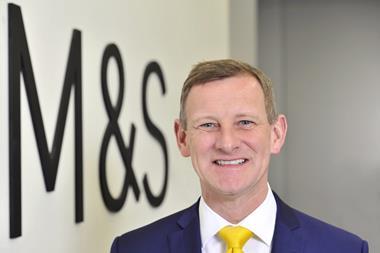
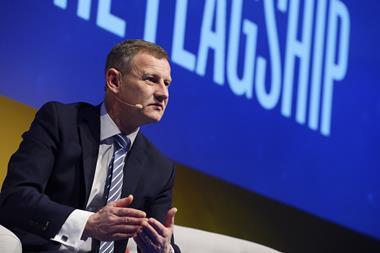
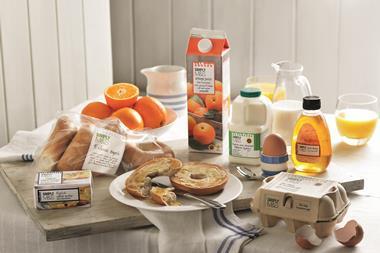
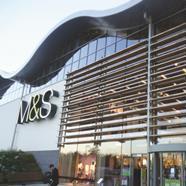
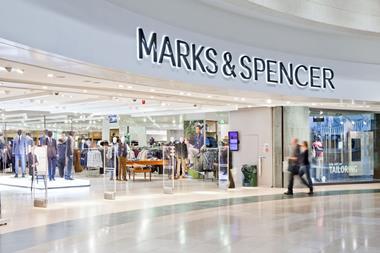
No comments yet